Dairy Product Packaging & Processing
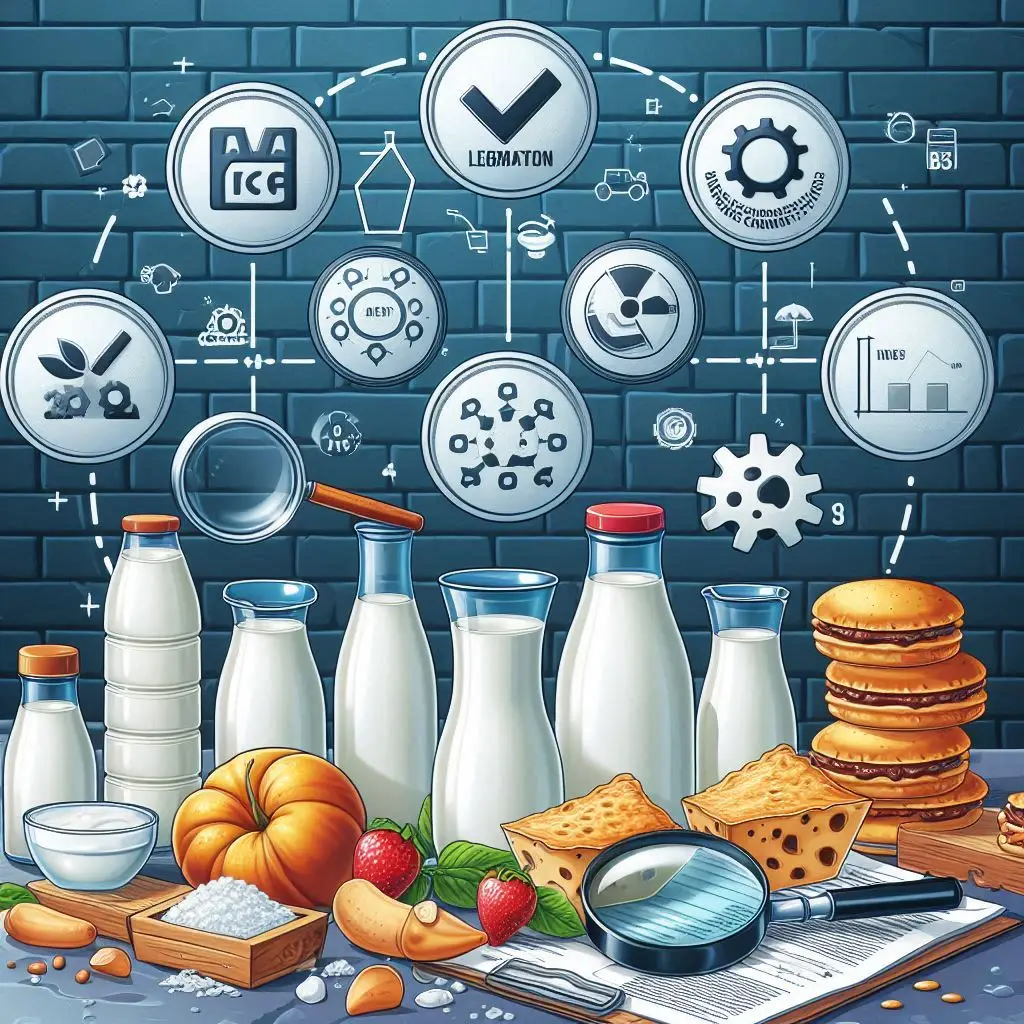
Introduction to Dairy Product Packaging and Processing
The dairy industry plays a vital role in global food production. Therefore, understanding the packaging, processing, and operational control of dairy products is essential for producers, retailers, and consumers alike. In this guide, we will explore these aspects in detail, highlighting their importance, techniques, and cost management strategies.
Importance of Packaging in Dairy Products
Why Packaging Matters
First and foremost, packaging serves multiple purposes in the dairy industry. It protects products, extends shelf life, and provides essential information to consumers. Additionally, good packaging can enhance brand image and attract customers. Consequently, investing in quality packaging is crucial for success.
Types of Dairy Packaging
There are several types of packaging commonly used in the dairy industry:
- Plastic Containers: Lightweight and versatile, plastic containers are widely used for yogurt, milk, and cheese. Moreover, they are cost-effective and can be molded into various shapes.
- Glass Bottles: Glass is a premium packaging option. Not only is it recyclable, but it also does not leach chemicals into the product. Many consumers prefer glass for its perceived quality.
- Cartons: Aseptic cartons are popular for milk and juice. They offer long shelf life without refrigeration, making them ideal for distribution.
- Flexible Pouches: These are becoming increasingly popular for products like cheese spreads. They are lightweight, which reduces shipping costs.
Cost Factors in Dairy Packaging
Understanding the costs associated with packaging is crucial for profitability. Key factors include:
- Material Costs: The choice of packaging material significantly impacts overall costs. For instance, glass is generally more expensive than plastic.
- Labor Costs: The efficiency of the packaging process can affect labor costs. Therefore, automated systems can reduce the need for manual labor.
- Equipment Costs: Investing in modern packaging machinery can improve efficiency and reduce waste. Thus, it is essential to consider these costs carefully.
Processing Operations in Dairy Production
Overview of Dairy Processing
Dairy processing involves several key steps to transform raw milk into finished products. Each step has its own challenges and cost implications. Here’s a closer look at the process:
- Receiving Raw Milk: Quality checks are performed upon arrival. This ensures that only the best milk is processed.
- Storage: Raw milk is stored in large tanks. Proper storage conditions are crucial to prevent spoilage.
- Pasteurization: This process kills harmful bacteria and extends shelf life. Therefore, it is a critical step in ensuring product safety.
- Homogenization: This process breaks down fat molecules, ensuring a uniform texture. It is especially important for milk and cream.
- Filling and Packaging: The final step involves filling the processed dairy products into containers. This step should be efficient to minimize costs.
Cost Control in Dairy Processing
Effective cost control in dairy processing is essential for profitability. Here are some strategies to consider:
- Analyze Cost Breakdown: Understanding the costs associated with each processing step helps identify areas for improvement.
- Optimize Utilization Rates: Efficient use of equipment and labor can reduce fixed costs per unit produced. Consequently, this can lead to significant savings.
- Implement Automation: Automated systems can lower labor costs and improve consistency in product quality. Therefore, investing in technology is a wise decision.
Operational Control in Dairy Production
Key Components of Operational Control
Operational control refers to managing the various aspects of dairy production to ensure efficiency and quality. This includes:
- Cost Centers: Dairy processing operations are divided into main and auxiliary cost centers. Main centers are directly involved in production, while auxiliary centers support operations.
- Economic-Engineering Models: These models help allocate costs to various stages of production. Thus, they ensure accurate pricing based on associated costs.
Challenges in Operational Control
The dairy industry faces several challenges, including:
- Fluctuating Raw Material Prices: The cost of raw milk can vary significantly, impacting overall production costs.
- Labor Costs: Finding skilled labor can be challenging, and labor costs can fluctuate.
- Regulatory Compliance: Adhering to health and safety regulations is crucial. Non-compliance can lead to costly penalties.
Best Practices for Operational Control
To overcome these challenges, consider the following best practices:
- Regular Training: Train employees on best practices and safety protocols. Well-trained staff can improve efficiency and reduce errors.
- Invest in Technology: Utilize software for inventory management and production tracking. This can streamline operations and reduce waste.
- Continuous Improvement: Regularly assess processes and seek ways to improve. This approach can lead to cost savings and enhanced product quality.
Conclusion
In summary, understanding the packaging, processing, and operational control of dairy products is essential for anyone involved in the dairy industry. By focusing on efficient practices and cost management strategies, dairy producers can enhance their market position and ensure sustainable operations. Investing in quality packaging, optimizing processing steps, and maintaining effective operational control can lead to improved profitability and customer satisfaction. Therefore, it is crucial to stay informed and adapt to the ever-changing demands of the industry.
For more pearls of Vets Wisdom:
https://wiseias.com/partitioning-of-food-energy-within-animals/

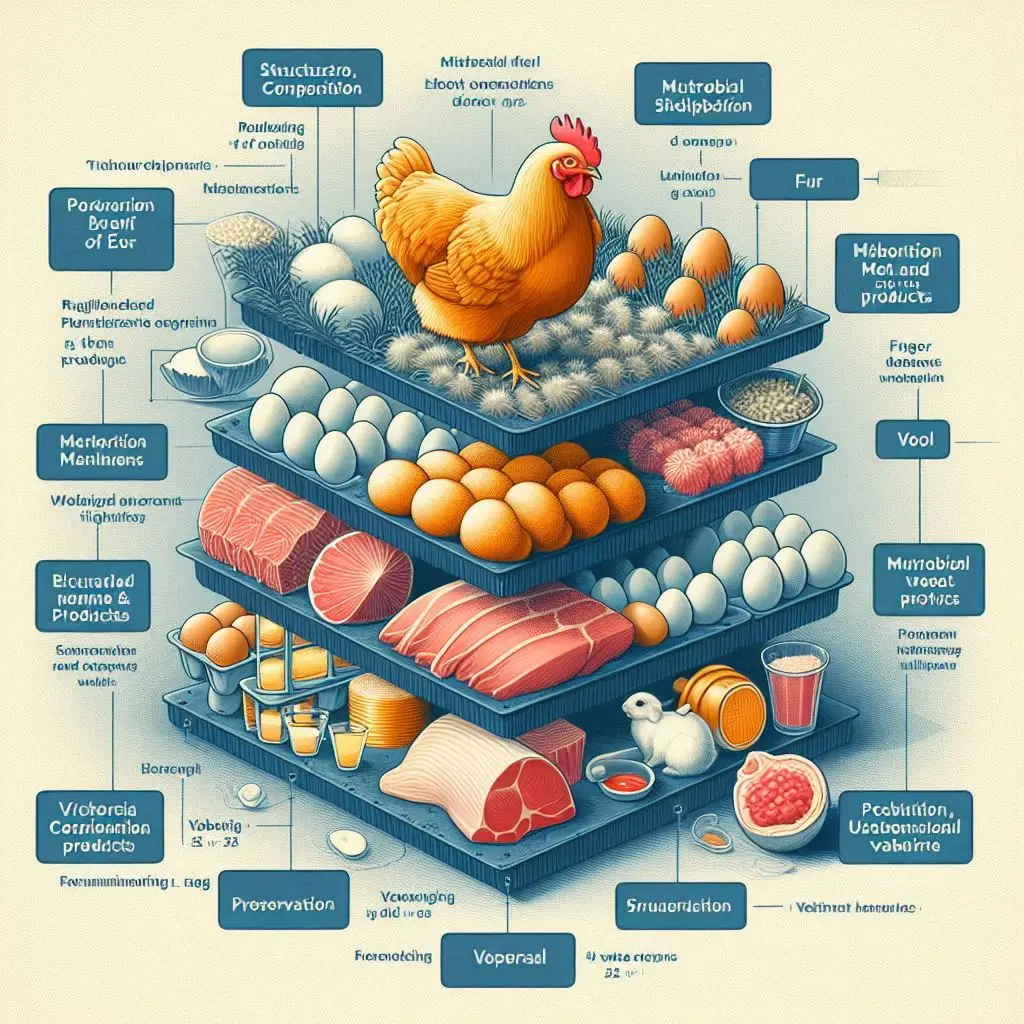

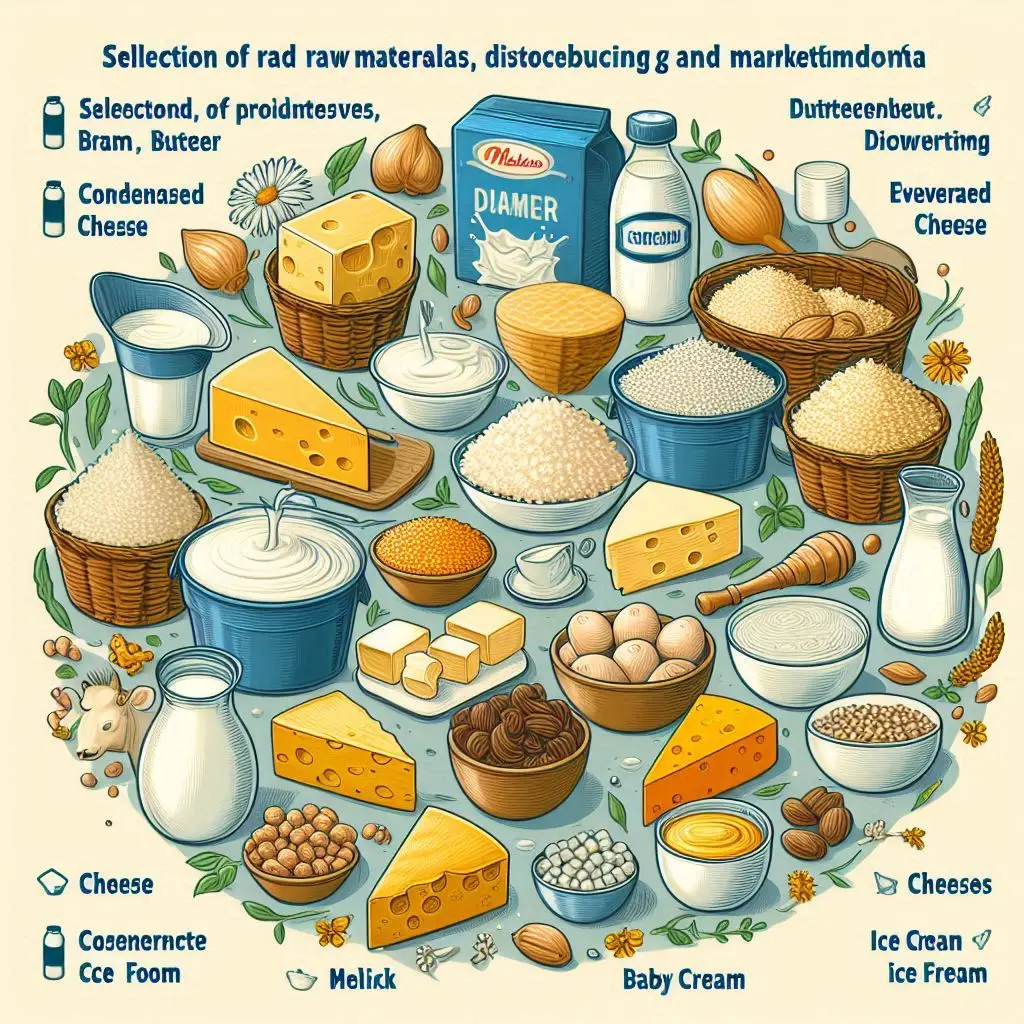
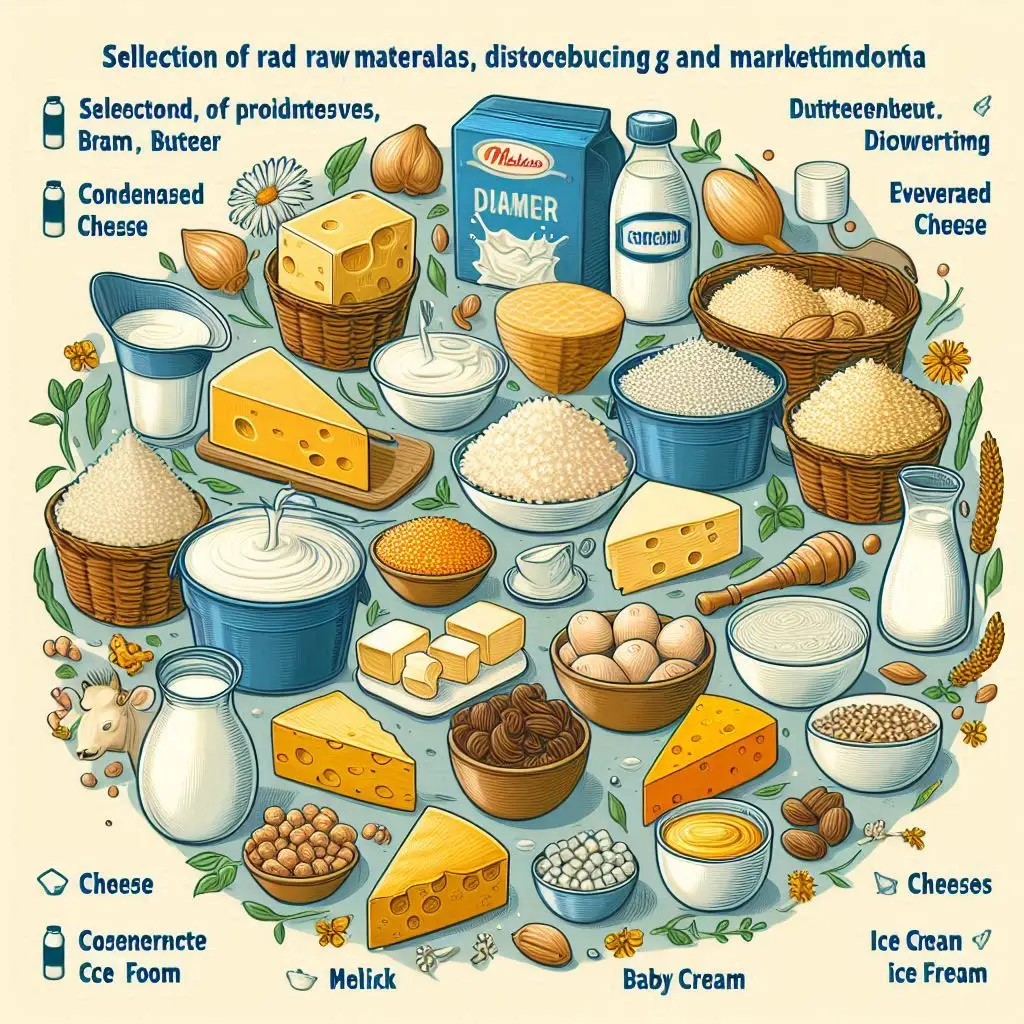
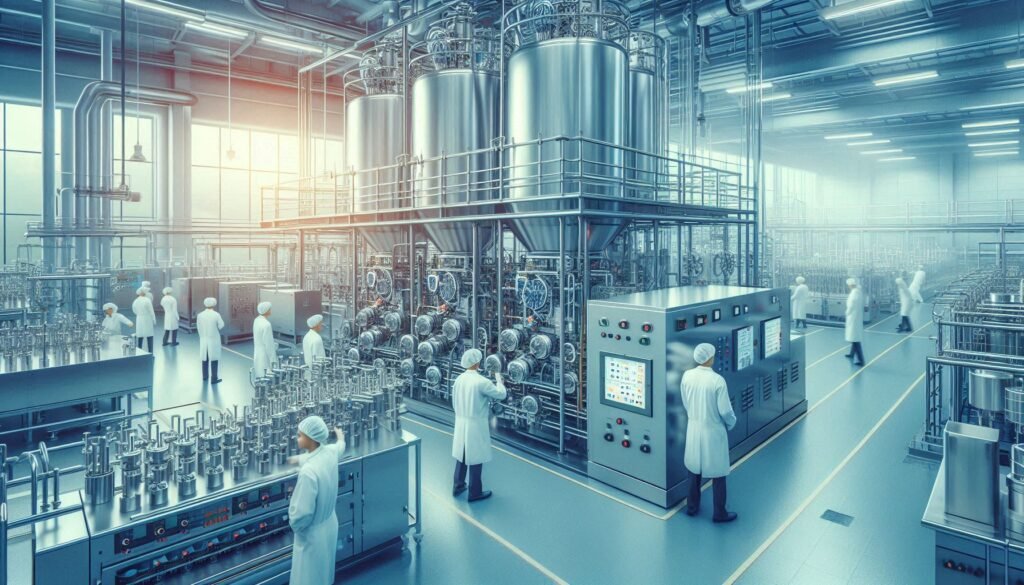
Responses